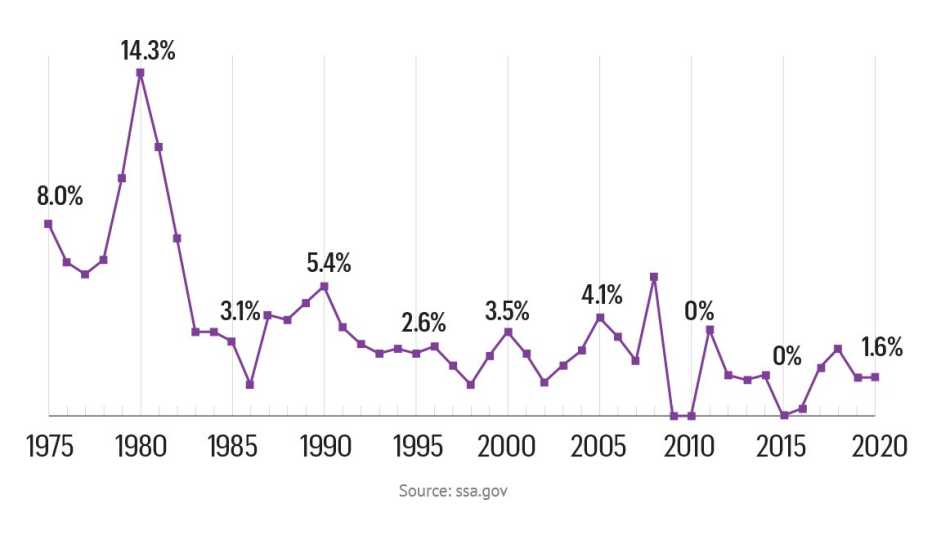AARP Hearing Center


Editor’s Note: A 5.9 percent cost-of-living adjustment (COLA) for Social Security beneficiaries was announced on Oct. 13, in line with AARP’s COLA forecast. The COLA goes into effect in January 2022. Read more about the Social Security COLA for 2022.
En español | Social Security beneficiaries could be in line for the biggest cost-of-living adjustment (COLA) since the 1980s due to the recent burst of inflation.
"The COLA will no doubt be higher than it has been for the last decade, probably in the 5.5 to 6 percent neighborhood because of rising prices,” says David Certner, legislative counsel and director of legislative policy for government affairs at AARP.
Any estimates are preliminary, and the actual COLA will depend on changes in prices between July and the end of September. “With one third of the data needed to calculate the COLA already in, it increasingly appears that the COLA for 2022 will be the highest paid since 1983 when it was 7.4 percent,” says Mary Johnson, Social Security policy analyst for The Senior Citizens League.
The Social Security Administration (SSA) typically announces the amount of the annual adjustment, if any, in October. The increase in benefits typically goes into effect in January.


































































More on Social Security
Social Security COLA Set at 5.9 Percent for 2022
Rising prices lead to biggest cost-of-living adjustment to benefits in four decades